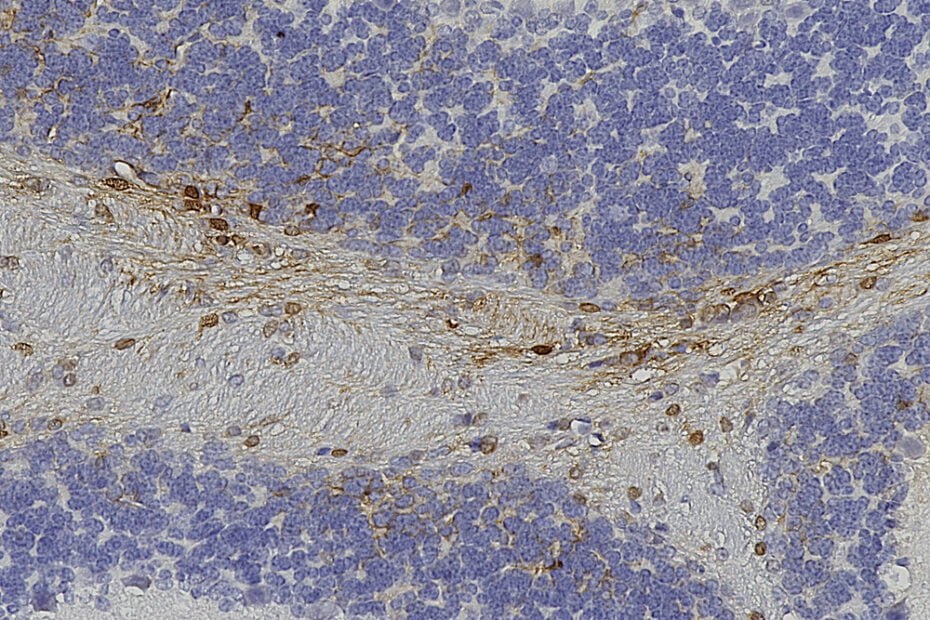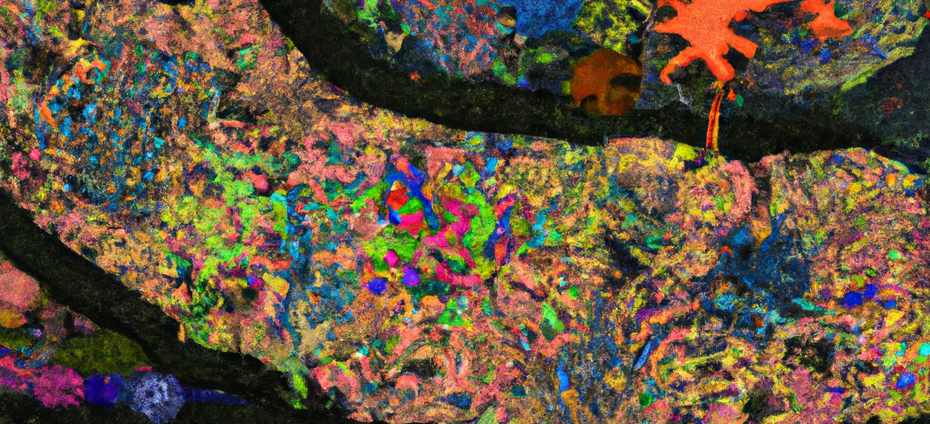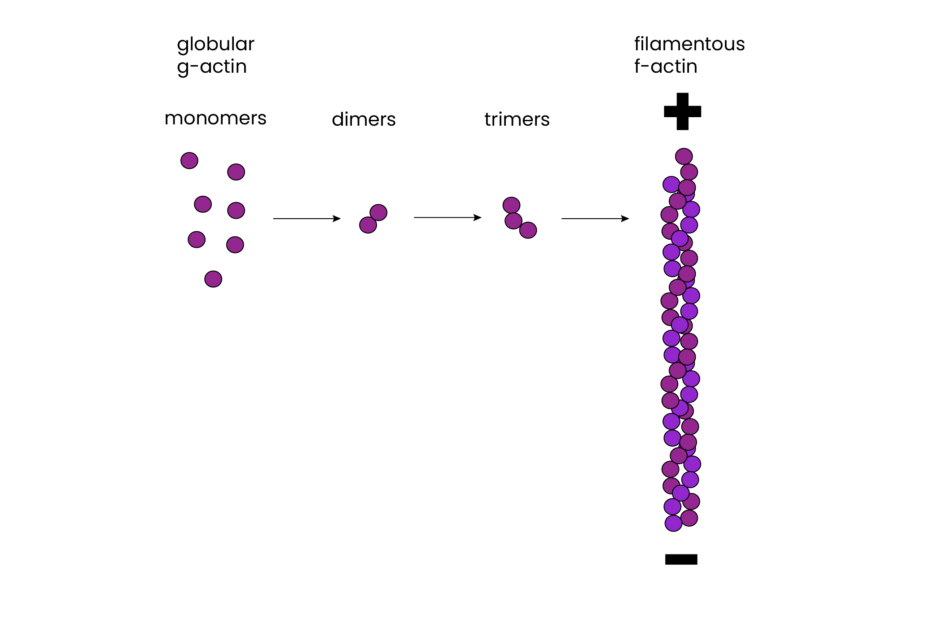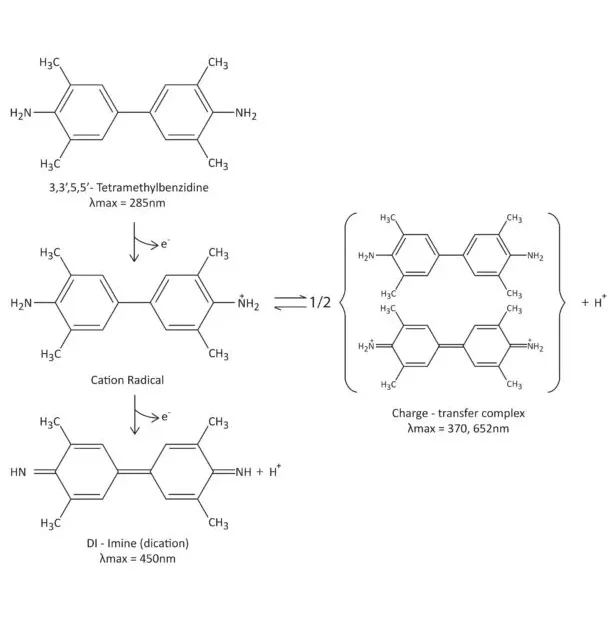Blotting Out Uncertainties: Troubleshooting Common Western Blotting Issues
Western blotting is a powerful, tried-and trusted technique for studying proteins for more information about experimental design see our guide, but even the most seasoned researchers encounter challenges along the way. In this guide, we’ll explore common troubleshooting issues associated with Western blotting and share… Read More »Blotting Out Uncertainties: Troubleshooting Common Western Blotting Issues





